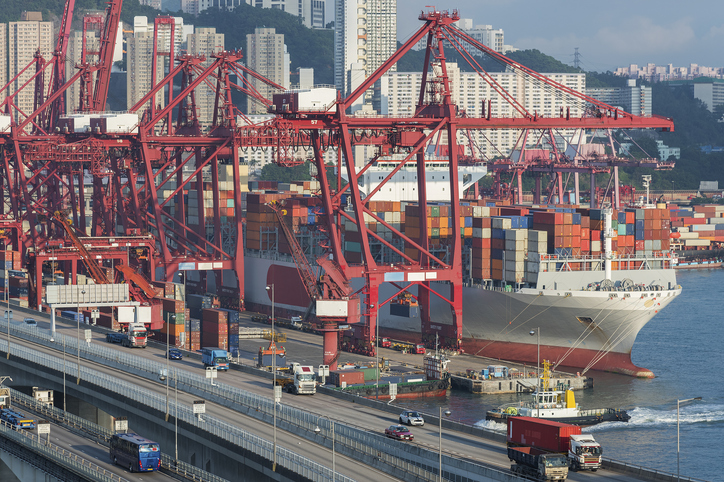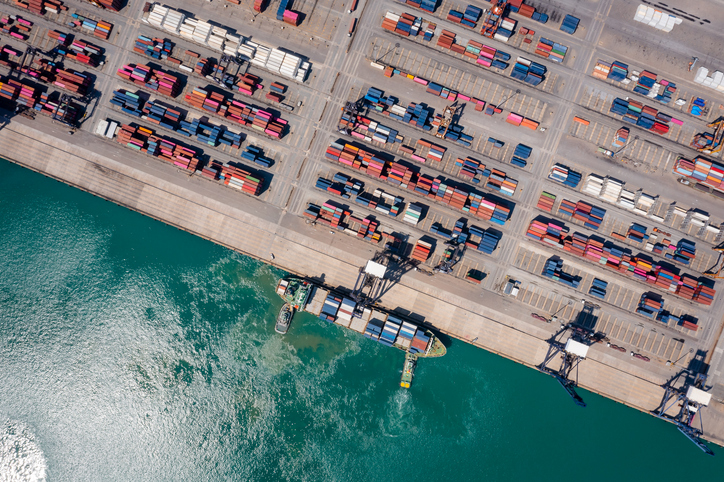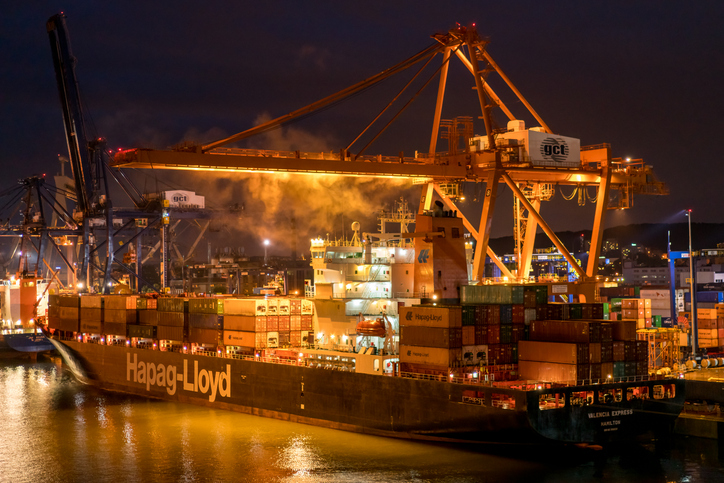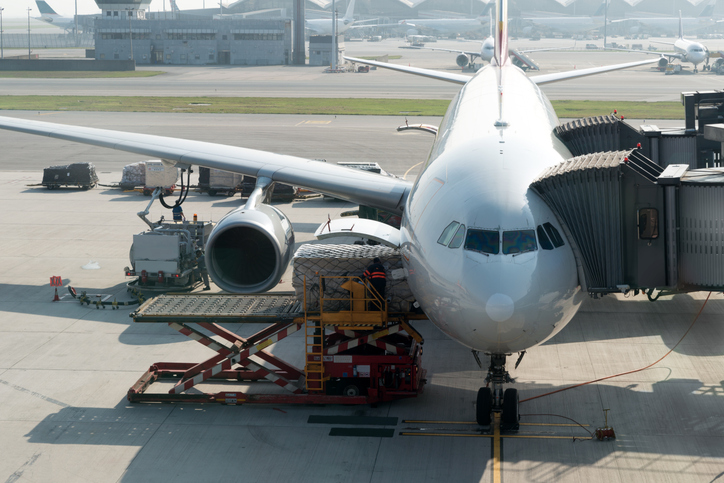
The Weekly Roar
In this week’s Roar: Shanghai holds its place, tensions still rising in the Middle East, technology in the industry, new container data sharing rules, and ocean carriers in the airfreight business.
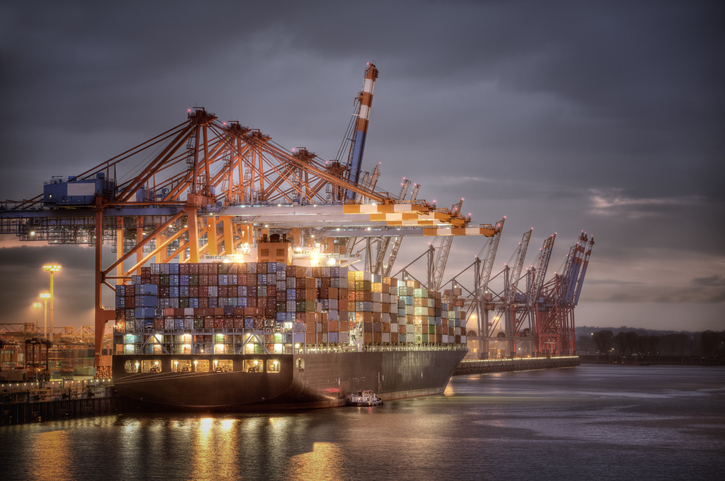
There’s no debate over who takes first place—at least when it comes to the top 30 container ports in the world. Shanghai continues to reign supreme, according to a recent industry report, with a 10 million TEU lead over second place. But since China dominates the container port industry, with several other ports like Ningbo and Qingdao also ranking high on the list, this shouldn’t be a surprise. Although Hong Kong, which was the top port in the world at the beginning of the millennium, no longer appears in the top 10.
Things continue to be difficult in the Middle East, now with Iran’s involvement in the conflict. First, they launched a missile strike against Israel, and then most recently, seized a container ship in the Red Sea that Iranian sources say has Israeli connections. There’s no question about the rising tensions between Iran and Israel, raising additional concerns. Meanwhile, the issue with Somali pirates seems to be calming down.
It doesn’t take a think tank to realize there’s a list of challenges when it comes to adopting technology in the industry. There are endless pressures to improve efficiency, reduce costs, and meet sustainability goals. And even in areas where there’s real progress—such as supply chain visibility—challenges like disruptions to existing services and a lack of internal expertise remain. To put that point in better perspective, of the transportation and logistics professionals who were surveyed by HERE Technologies, 72% in Germany and the UK and 68% in the US agreed that visibility was improving, but fewer than 25% in each country felt that they’d made significant progress.
The Federal Maritime Commission (FMC) is building a case for new container data sharing rules. They want to tackle the problems of inaccurate and slow data exchange that continue to plague the supply chain. The FMC believes that better communication and data sharing can improve efficiency and reduce congestion. Commissioner Bentzel, the project leader, is working with the Maritime Transportation Data Initiative (MTDI) to gather information. They’re asking container line operators and their customers to share insights.
Ocean carriers are all up in the airfreight business. But this isn’t new news, as several of the largest shipping groups have been pursuing this strategy for several years, mostly since the beginning of the pandemic. The boom in freight rates gave ocean carriers the financial incentive to push their way into the air cargo market, giving them a wider range of services to offer their customers. However, since the pandemic, freight rates have normalized, and ocean carriers are now under pressure to cut costs. Analysts believe that some carriers may abandon the airfreight market altogether, while others, such as Maersk, are committed to this new model that combines ocean and airfreight services.
For the rest of the week’s top shipping news, check out the article highlights below.




